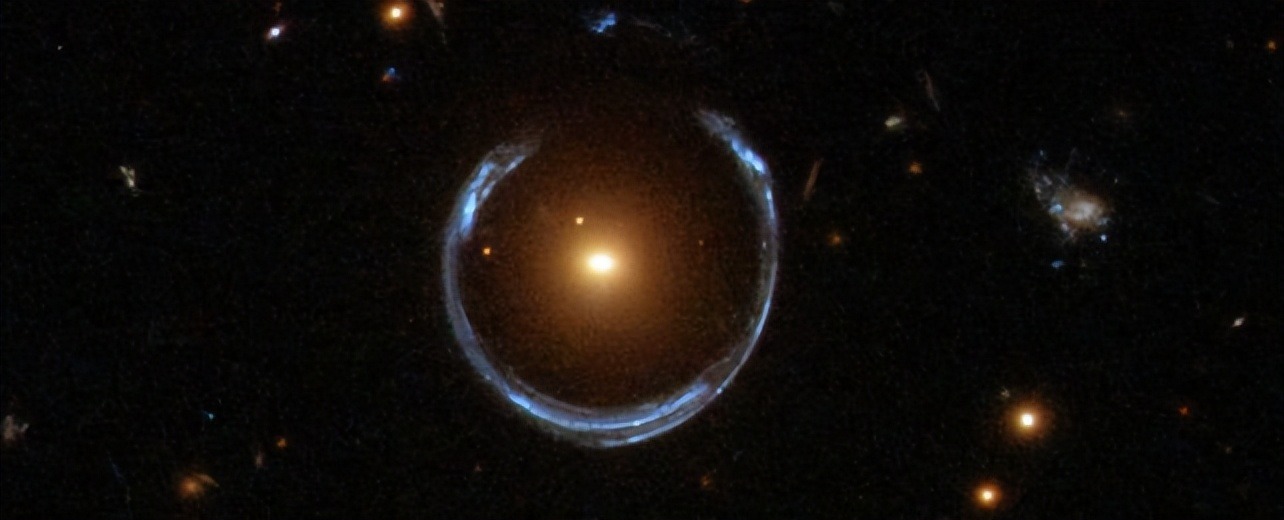Astronomers have compared how models of dark matter based on heavy and light particles – WIMPs (weakly interacting massive particles) and axions – cope with reproducing features that arise during gravitational lensing. For this, they turn to the image of the HS 0810+2554 system, which is an elliptical galaxy lensing a quasar behind it. The study showed that the wave nature of axions, manifested for ultra-small mass particles, could explain various fluctuations and anomalies in distorted images. The article is published by Nature Astronomy.

Dark matter originated in astrophysics in response to an attempt to explain various anomalies observed in relic radiation, rotation of galaxies, gravitational lensing and much more. Today, many attempts have been made to explain the properties of dark matter. The most promising hypotheses include its representations through WIMPs and axions. Both have not yet been detected directly in laboratories, so they are only hypothetical particles. But they can be detected by astronomical observations because of their theoretical wave nature.
Alfred Amruth from the University of Hong Kong, together with colleagues from six countries, investigated how the difference between wave and corpuscular dark matter impacted the effects of gravitational lensing by galaxies. They show that the axion model reproduces brightness and position anomalies better than the model with WIMPs, which usually needs the addition of a sub-halo. Astronomers have tested their calculations on the example of real observations.
They applied their models to the HS 0810+2554 system. It includes a massive elliptical galaxy in the foreground, which lenses the background galaxy-quasar four times. Its image in the visible range was obtained by the Hubble telescope, and in the radio range by the EVN interferometer network.
The task of the simulation was to best predict the position on the image of two jets in the radio range and the visible part of the quasar with four-fold lensing. This imposed a restriction on the distribution of the radial density of dark matter. For the WIMPs-based model, the authors opted for an elliptical power profile without external displacement. When choosing the axion density distribution, astronomers started from this result, but took into account randomly generated interference fluctuations, extinguished by 50% by the baryon factor.
As a result, it turns out that the heavy particle approach is still unable to take into account the brightness and position anomalies for HS 0810+2554. The axion model also failed to provide a complete explanation, but the authors showed that in this case it was possible to reproduce the distribution of angular separation between different elements of different image segments. In addition, the model based on light parts is able to reproduce the ratio of the intensity of the jets, as well as the brightness anomaly. Astronomers are confident that the result of their analysis will be an additional argument in favor of the axion approach to dark matter.
Earlier we reported on how a new map of dark matter confirmed Einstein’s correctness.
Follow us on Twitter to get the most interesting space news in time
https://twitter.com/ust_magazine

